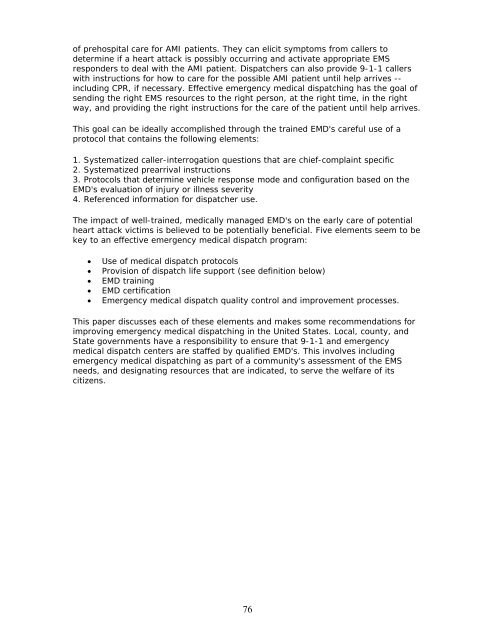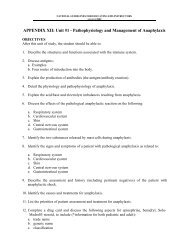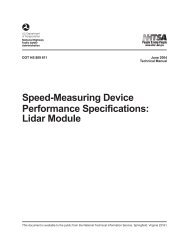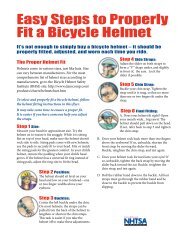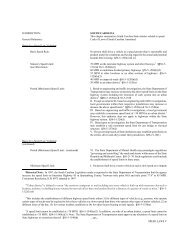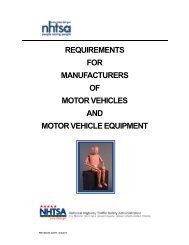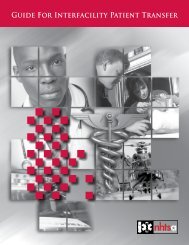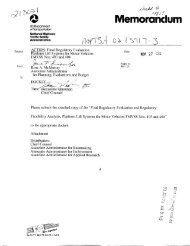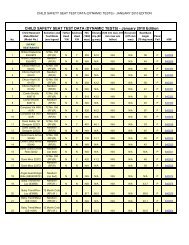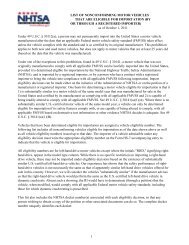Standard Practice for Emergency Medical Dispatch ... - NHTSA
Standard Practice for Emergency Medical Dispatch ... - NHTSA
Standard Practice for Emergency Medical Dispatch ... - NHTSA
Create successful ePaper yourself
Turn your PDF publications into a flip-book with our unique Google optimized e-Paper software.
of prehospital care <strong>for</strong> AMI patients. They can elicit symptoms from callers to<br />
determine if a heart attack is possibly occurring and activate appropriate EMS<br />
responders to deal with the AMI patient. <strong>Dispatch</strong>ers can also provide 9-1-1 callers<br />
with instructions <strong>for</strong> how to care <strong>for</strong> the possible AMI patient until help arrives --<br />
including CPR, if necessary. Effective emergency medical dispatching has the goal of<br />
sending the right EMS resources to the right person, at the right time, in the right<br />
way, and providing the right instructions <strong>for</strong> the care of the patient until help arrives.<br />
This goal can be ideally accomplished through the trained EMD's careful use of a<br />
protocol that contains the following elements:<br />
1. Systematized caller-interrogation questions that are chief-complaint specific<br />
2. Systematized prearrival instructions<br />
3. Protocols that determine vehicle response mode and configuration based on the<br />
EMD's evaluation of injury or illness severity<br />
4. Referenced in<strong>for</strong>mation <strong>for</strong> dispatcher use.<br />
The impact of well-trained, medically managed EMD's on the early care of potential<br />
heart attack victims is believed to be potentially beneficial. Five elements seem to be<br />
key to an effective emergency medical dispatch program:<br />
• Use of medical dispatch protocols<br />
• Provision of dispatch life support (see definition below)<br />
• EMD training<br />
• EMD certification<br />
• <strong>Emergency</strong> medical dispatch quality control and improvement processes.<br />
This paper discusses each of these elements and makes some recommendations <strong>for</strong><br />
improving emergency medical dispatching in the United States. Local, county, and<br />
State governments have a responsibility to ensure that 9-1-1 and emergency<br />
medical dispatch centers are staffed by qualified EMD's. This involves including<br />
emergency medical dispatching as part of a community's assessment of the EMS<br />
needs, and designating resources that are indicated, to serve the welfare of its<br />
citizens.<br />
76


